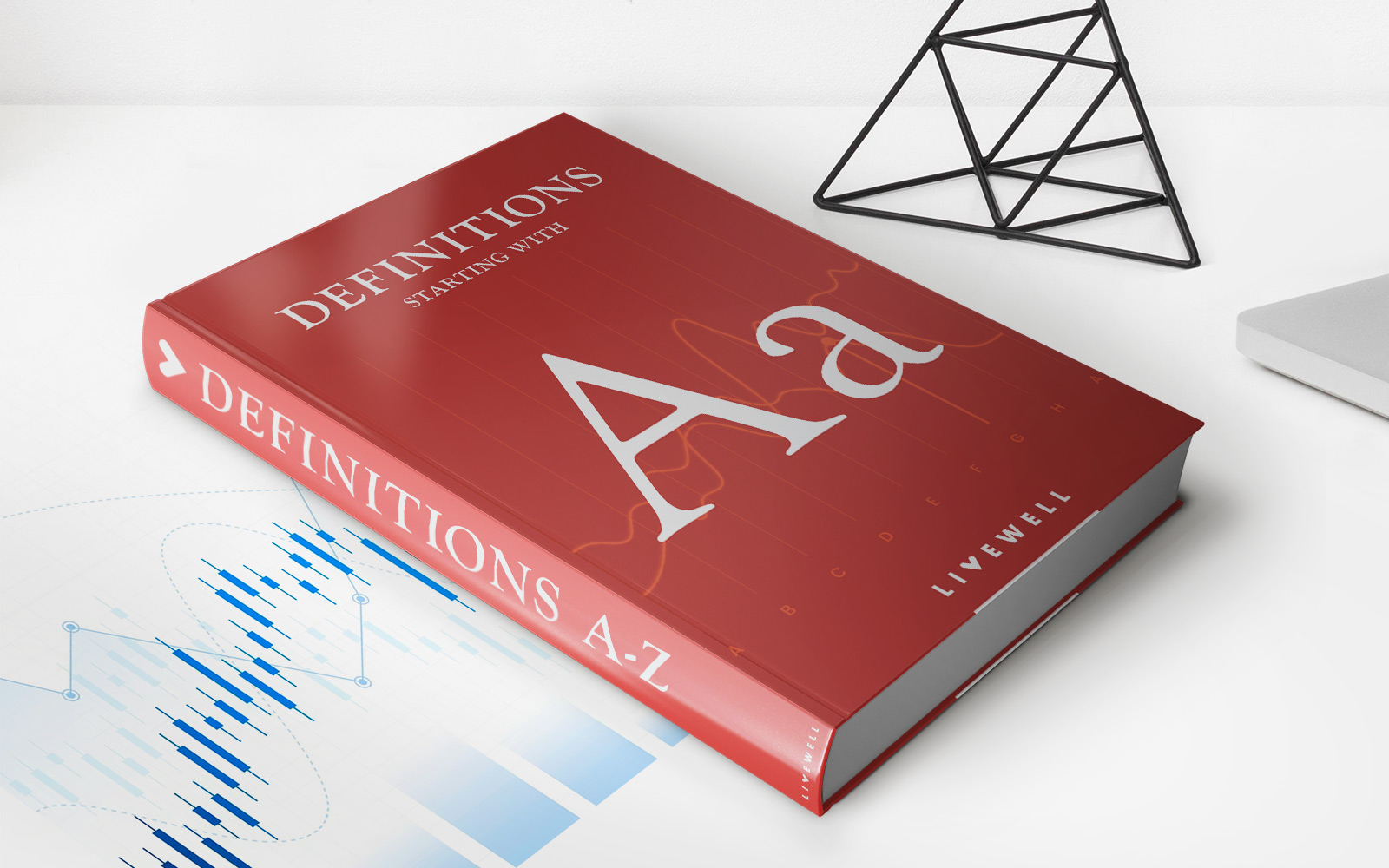Home>Finance>How Many ATM Put Options Contracts On Each Equity Security Would?


Finance
How Many ATM Put Options Contracts On Each Equity Security Would?
Published: February 29, 2024
Discover the optimal number of ATM put options contracts on each equity security with our comprehensive finance analysis. Unlock valuable insights now!
(Many of the links in this article redirect to a specific reviewed product. Your purchase of these products through affiliate links helps to generate commission for LiveWell, at no extra cost. Learn more)
Table of Contents
Introduction
In the world of finance, options trading plays a pivotal role in providing investors with the flexibility to hedge their positions, speculate on market movements, and generate potential profits. Among the various types of options available, At-The-Money (ATM) put options contracts are a crucial component of the derivatives market. These financial instruments grant the holder the right, but not the obligation, to sell an underlying asset at the strike price on or before the expiration date. Understanding the dynamics of ATM put options and their significance in the financial landscape is essential for both seasoned investors and those new to the market.
ATM put options are particularly intriguing as they are situated at a unique juncture in the options market. The strike price of an ATM put option is identical, or very close, to the current market price of the underlying security. This convergence makes ATM put options a focal point for investors and traders, as they are directly influenced by market fluctuations and play a critical role in risk management strategies.
As we delve into the intricacies of ATM put options contracts, it becomes evident that these financial tools are not only valuable for individual investors but also hold broader implications for market dynamics and sentiment. Understanding the factors that influence the number of ATM put options contracts on each equity security is imperative for comprehending market behavior and making informed investment decisions. Let's explore the nuances of ATM put options contracts and their significance in the financial realm.
Understanding ATM Put Options
ATM put options are a type of financial derivative that provides the holder with the right, but not the obligation, to sell an underlying asset at the strike price within a specified time frame. The “at-the-money” designation arises from the fact that the strike price of the put option is very close to or identical to the current market price of the underlying security. This proximity makes ATM put options particularly sensitive to market movements, as even minor fluctuations can significantly impact their value.
Investors often utilize ATM put options as a means of hedging against potential downside risk in their portfolios. By purchasing ATM put options, investors can protect their holdings from adverse market movements, thereby mitigating potential losses. Additionally, ATM put options can serve as a mechanism for speculating on the decline of a specific security or the broader market. Traders who anticipate a downturn may choose to buy ATM put options to capitalize on potential price declines.
It’s important to note that the value of ATM put options is influenced by several factors, including the volatility of the underlying security, the time remaining until expiration, and prevailing interest rates. As the market price of the underlying security fluctuates, the value of ATM put options responds accordingly, making them a dynamic and responsive instrument within the options market.
Furthermore, understanding the concept of intrinsic value is crucial when evaluating ATM put options. The intrinsic value of an ATM put option is derived from the difference between the strike price and the current market price of the underlying security. If the market price falls below the strike price, the put option holds intrinsic value, as the holder can potentially sell the underlying asset at a higher price than its current market value.
Overall, comprehending the intricacies of ATM put options is essential for investors and traders seeking to navigate the complexities of the options market. These financial instruments offer a versatile array of strategies, from risk management to speculative plays, and their dynamics are closely intertwined with market movements and sentiment.
Importance of ATM Put Options Contracts
ATM put options contracts hold significant importance within the realm of financial markets for several compelling reasons. Firstly, these derivatives provide investors and traders with a powerful tool for managing risk in their investment portfolios. By purchasing ATM put options, market participants can safeguard their holdings against potential downward movements in the underlying securities. This risk mitigation capability is particularly valuable during periods of market uncertainty or heightened volatility, offering a level of downside protection that can enhance overall portfolio resilience.
Moreover, ATM put options contracts play a pivotal role in enabling investors to express bearish sentiments on specific securities or the broader market. In instances where investors anticipate a potential decline in the value of a particular stock or index, acquiring ATM put options allows them to profit from such downward movements. This ability to capitalize on market downturns adds a layer of versatility to investment strategies, empowering market participants to navigate varying market conditions and pursue diverse trading opportunities.
Furthermore, the presence of ATM put options contracts contributes to the overall liquidity and efficiency of the options market. The availability of these contracts enables market participants to engage in hedging activities, speculative trading, and risk management strategies, fostering a dynamic and robust options trading environment. The liquidity of ATM put options enhances market depth, allowing for smoother execution of trades and contributing to the overall functioning of the derivatives market.
Additionally, ATM put options contracts serve as a barometer for market sentiment and expectations. The trading volume and open interest in these contracts provide valuable insights into the prevailing attitudes of investors and traders regarding potential price movements. As such, the presence and activity surrounding ATM put options can offer valuable signals regarding market sentiment, which can be instrumental in informing investment decisions and gauging overall market dynamics.
Overall, the importance of ATM put options contracts extends beyond their immediate utility as financial instruments. These derivatives contribute to the resilience and adaptability of investment portfolios, facilitate diverse trading strategies, enhance market liquidity, and offer valuable insights into market sentiment, collectively enriching the dynamics of the financial landscape.
Factors Affecting Number of ATM Put Options Contracts
The number of At-The-Money (ATM) put options contracts on each equity security is influenced by a myriad of factors that collectively shape the dynamics of the options market. Understanding these factors is essential for investors, traders, and market analysts seeking to comprehend the underlying forces driving the demand and supply of ATM put options contracts.
Market Volatility
Volatility plays a pivotal role in determining the demand for ATM put options contracts. Heightened market volatility often leads to increased interest in these contracts, as investors and traders seek to protect their portfolios from potential downside risks. Consequently, periods of elevated volatility can spur a surge in the number of ATM put options contracts being traded, reflecting the market’s response to uncertain or turbulent conditions.
Underlying Security Dynamics
The specific characteristics and performance of the underlying equity security significantly impact the demand for ATM put options contracts. Factors such as earnings announcements, corporate events, or industry-specific developments can influence the perceived risk associated with the security, thereby influencing the demand for protective options strategies. Additionally, changes in the overall market sentiment towards a particular security can drive fluctuations in the number of ATM put options contracts being traded.
Interest Rates and Time to Expiration
Interest rates and the time remaining until the expiration of ATM put options contracts are crucial determinants of their demand. Higher interest rates can influence the attractiveness of holding put options, as the cost of carrying these contracts is influenced by prevailing interest rates. Moreover, as options approach their expiration dates, the dynamics of time decay come into play, impacting the demand for ATM put options contracts as traders assess their risk management and speculative strategies.
Market Sentiment and Economic Indicators
Broader market sentiment and key economic indicators can exert a significant influence on the demand for ATM put options contracts. Bearish market sentiment or indications of economic uncertainty can drive heightened interest in protective options strategies, leading to an increase in the trading volume of ATM put options contracts. Conversely, optimistic market sentiment may result in subdued demand for these contracts as market participants adopt more bullish outlooks.
Regulatory and Macro-Economic Factors
Regulatory developments and macro-economic factors can also impact the number of ATM put options contracts being traded. Changes in regulations governing options trading or macro-economic events with far-reaching implications can shape the risk perceptions of market participants, influencing their engagement with ATM put options contracts as part of their risk management and investment strategies.
By considering these multifaceted factors, investors, traders, and market observers can gain valuable insights into the dynamics of the options market and the underlying forces steering the demand for ATM put options contracts on equity securities.
Conclusion
As we conclude our exploration of At-The-Money (ATM) put options contracts and their significance in the financial landscape, it becomes evident that these derivatives play a multifaceted and influential role in the options market. The intrinsic link between ATM put options and market dynamics underscores their importance as versatile tools for risk management, speculative trading, and market sentiment analysis.
The understanding of ATM put options is paramount for investors and traders seeking to navigate the complexities of the financial markets. These derivatives offer a flexible array of strategies, enabling market participants to mitigate downside risks, capitalize on bearish sentiments, and gain valuable insights into market sentiment and expectations.
Moreover, the factors influencing the number of ATM put options contracts on equity securities underscore the dynamic interplay of market volatility, underlying security dynamics, interest rates, market sentiment, and regulatory factors. By comprehending these multifaceted influences, market participants can gain a deeper understanding of the options market and make informed decisions aligned with their investment objectives.
Ultimately, ATM put options contracts embody the adaptive nature of the financial markets, providing investors and traders with the means to navigate varying market conditions, manage risks, and capitalize on diverse trading opportunities. Their presence and activity contribute to the overall liquidity and efficiency of the options market, enriching the financial landscape with a dynamic and responsive instrument.
As market participants continue to engage with ATM put options contracts, their significance as a barometer of market sentiment and a mechanism for risk management and speculative trading will persist, shaping the evolving narrative of the options market and reflecting the ever-changing dynamics of the financial world.














